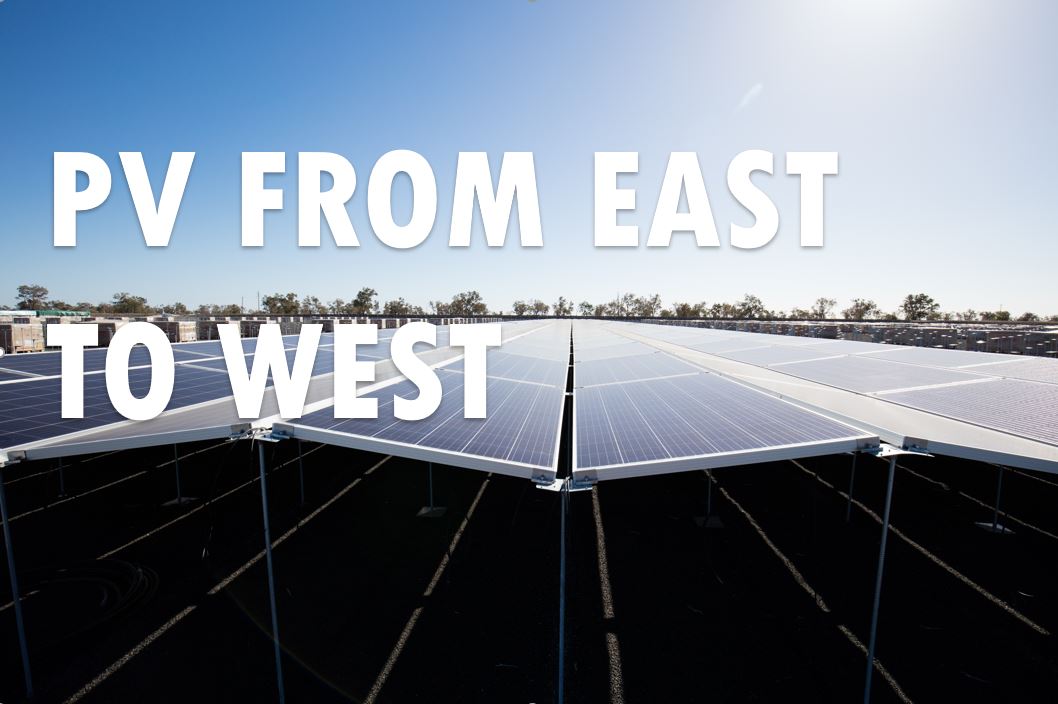Although analysts such as Green Energy Markets, and Australian renewable industry bodies such as the Clean Energy Council (CEC) have expressed reasonable doubt that the Sunshine State can achieve its target, which assumed 14 GW of installed renewable capacity — predominantly solar PV — by the 2030 deadline, Anthony Lynham, Queensland’s Minister for Natural Resources, Mines and Energy, assures pv magazine that:
“Queensland will reach the milestone of 20% renewable energy by 2020 and is well on target to achieve the government’s target of 50% renewables by 2030.”
In support of this statement, his department says 2.6 GW of new large-scale renewable energy capacity has become operational, commenced construction or finalised financial arrangements in Queensland since December 2016; and, Lynham says, “Across the state around 90 further large-scale projects are in the earlier stages of development.”
At rooftop level, Queensland’s Battery Grant and Loan Scheme, which began with 1500 packages supporting residential and small-business investment in solar-plus-battery or battery systems for existing solar installations, and added a further 1000 packages in response to popular demand, was fully subscribed by June this year.
“Queensland now has one of the highest penetrations of rooftop solar in the world, with smaller scale solar systems contributing over 2 GW to our energy mix,” says Lynham. He adds that the latest figure for residential solar systems in Queensland is 520,000.
“Queensland absolutely has the potential to be a national leader in renewable energy, though challenges remain with grid congestion and connection,” says Kane Thornton, Chief Executive of the CEC.”
Lynham counters that over the past two years the state-owned transmission system operator Powerlink Queensland has connected 13 renewable-energy projects with a combined capacity of 1.7 GW.
He agrees that “system strength is a key focus”, not only in Queensland, but across the National Electricity Market, and says Powerlink works closely with renewable-project proponents, “to assist them in delivering a system-strength remediation plan that allows their project to proceed as efficiently as possible.”
In terms of improving supply of electricity across the grid, Powerlink and privately owned NSW and ACT transmission operator TransGrid are currently working on the Regulatory Investment Test for Transmission for upgrade of the Queensland-New South Wales Interconnector. The first stage of the upgrade is expected to be completed by late 2022.
The Queensland Government is also supporting the development of “a clean energy hub in the North” of the state, said state premier Anastacia Palaszczuk on September 4, when she announced $132 million in government support to the innovative Genex Kidston pumped hydro-solar-and-wind hub. The announcement included publicly owned Powerlink’s commitment to build a single-circuit transmission line connecting Kidston to Mt Fox and thereby giving the National Electricity Market access to North Queensland’s high-quality renewable resources. Work on the transmission line is expected to start early next year.
Lynham identifies energy storage as “increasingly important in delivering dispatchable generation under higher penetrations of renewable energy”.
Kidston will deliver 250 MW of pumped hydro capacity. And although the recent Battery Grant and Loan Scheme was enthusiastically received, the Minister told pv magazine, “Only a small proportion of solar users have currently installed a battery as it is a new and emerging technology.”
Queensland’s impending reverse auction, set to bring 400 MW of new renewable generation online under the auspices of the state’s third publicly owned electricity generator, CleanCo, is also likely to bring substantial energy storage projects online.
The Renewables 400 auction has been much anticipated since its announcement two years ago. In July this year, 10 projects were finally shortlisted and the auction set for October 31. The shortlisted bidders with (as yet unspecified) storage capacity in their projects include: Edify Energy’s 200 MW Majors Creek Solar Farm; First Solar Australia’s 100 MW Chinchilla Solar Farm; and Pacific Hydro Australia’s 100 MW Haughton Solar Farm.
An extension of Queensland’s renewable-energy ambitions is the state’s $15 million Hydrogen Industry Development Fund (part of its $19 million hydrogen strategy), designed to assist hydrogen projects at various stages, from feasibility study to capital outlay for plant and equipment.
The Queensland Government believes it is well placed to enable Australia as a first mover in the hydrogen export stakes, given its rich renewable resources, existing gas pipeline infrastructure and South Korea- and Japan-facing export facilities.
Queensland has already delivered Australia’s first-ever green hydrogen shipment to Japan in March this year, a project which involved Queensland University of Technology, the University of Tokyo, Japan’s largest petroleum conglomerate, JXTG, and the Queensland Government’s Redlands Research Facility.
Asked whether he could envisage a time when Queensland was producing 200% of its energy from renewables, and thriving as an exporter of hydrogen, Lynham simply said: “Our current focus is our target for 2030.” And rightly so.
The state has abundant renewable resources, among the best irradiation levels in the world, and laudable intentions, but Tristan Edis of Green Energy Markets told Australia’s National Broadcaster, the ABC in July, that current commitments and rooftop solar growth are predicted to deliver “less than 30%” by that deadline.
This content is protected by copyright and may not be reused. If you want to cooperate with us and would like to reuse some of our content, please contact: editors@pv-magazine.com.









Ironically, the Queensland Government is undermining its own policy for a state-owned energy system via the 50% renewables target, which is being pursued by the private sector. The government’s response – at the insistence of the ACCC after a summer of government-sanctioned generator profiteering in 2018 – has been to establish a third state-owned ‘generator’ (CleanCo) bulked up with a stable of unprofitable/marginal hydro hand-me-downs from bigger brothers, Stanwell and CS Energy. Queensland is making too much money sending coal-fired power south to have anything like a viable energy policy.